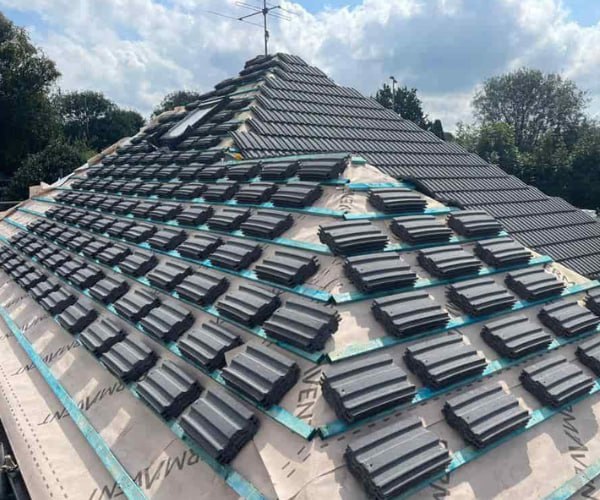The Role of Lead Flashing in Waterproofing
Introduction: A robust roofing system is essential When protecting your home from the elements. Lead flashing plays a crucial role in preventing water intrusion among the various components that contribute to a watertight roof. Lead flashing is strategically installed in vulnerable areas of your roof to create a waterproof barrier, ensuring that your home remains dry and free from leaks. In this blog post, presented by CGT Roofing Newport Pagnell, we’ll explore the indispensable role of lead flashing in waterproofing your home.
1. Sealing Vulnerable Areas
Lead flashing is strategically placed in areas of the roof that are prone to water infiltration. These vulnerable areas include roof joints, chimney stacks, valleys, and dormer windows. The malleability of lead allows it to conform to the unique contours of these areas, effectively sealing them against water intrusion.
2. Long-lasting Protection
Lead flashing is renowned for its durability and longevity. It can withstand the harshest weather conditions, including heavy rain, snow, extreme temperatures, and UV exposure. Properly installed lead flashing can last decades, offering long-lasting protection against leaks.
3. Flexibility and Adaptability
The flexibility of lead flashing makes it highly adaptable to various roof profiles and architectural features. Whether you have a traditional or modern roofing system, lead flashing can be custom-shaped to fit seamlessly, ensuring a watertight seal.
4. Expansion and Contraction
Roofs naturally expand and contract with temperature fluctuations. Lead flashing’s ability to expand and contract with the roof structure allows it to maintain a consistent seal, preventing leaks during these movements.
5. Corrosion Resistance
Lead is naturally corrosion-resistant, making it an ideal choice for areas exposed to moisture and the elements. Lead flashing remains stable and reliable, unlike other materials that may rust or degrade over time.
6. Preventing Structural Damage
Water intrusion through a compromised roof can lead to extensive structural damage, including rot, decay, and weakened supports. Lead flashing acts as a protective shield, preventing such damage and preserving the structural integrity of your home.
7. Mold and Mildew Prevention
A leaky roof can create the ideal conditions for mould and mildew growth inside your home. Lead flashing helps prevent water from seeping in, reducing the risk of mould and mildew infestations.
8. Energy Efficiency
Thanks to lead flashing, a watertight roof also contributes to energy efficiency. It prevents air and moisture from entering your home, helping your insulation perform at its best and reducing heating and cooling costs.
Conclusion: In the roofing world, lead flashing is an unsung hero, silently working to keep your home dry and protected from water damage. Its ability to seal vulnerable areas, withstand the elements, and adapt to roof movements makes it an essential component of any roofing system. Investing in quality lead flashing and ensuring proper installation by professionals like CGT Roofing Newport Pagnell is an intelligent decision that provides the long-term waterproofing of your home. Don’t underestimate this unassuming material’s vital role in keeping your living space safe, comfortable, and dry.
Call us on: 01908 030 895
Click here to find out more about CGT Roofing Newport Pagnell
Click here to complete our contact form and see how we can help with your roofing needs.

